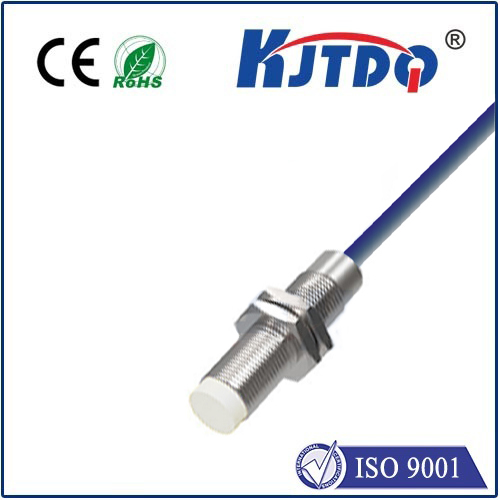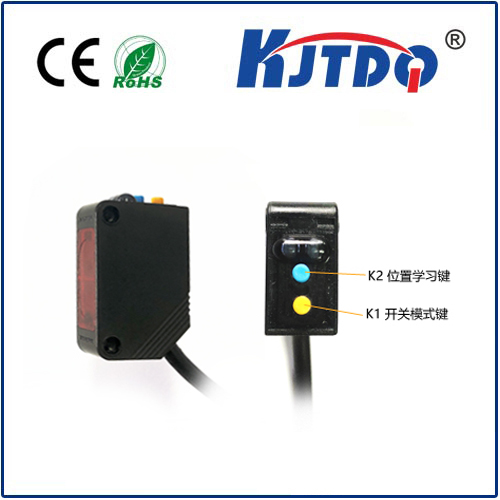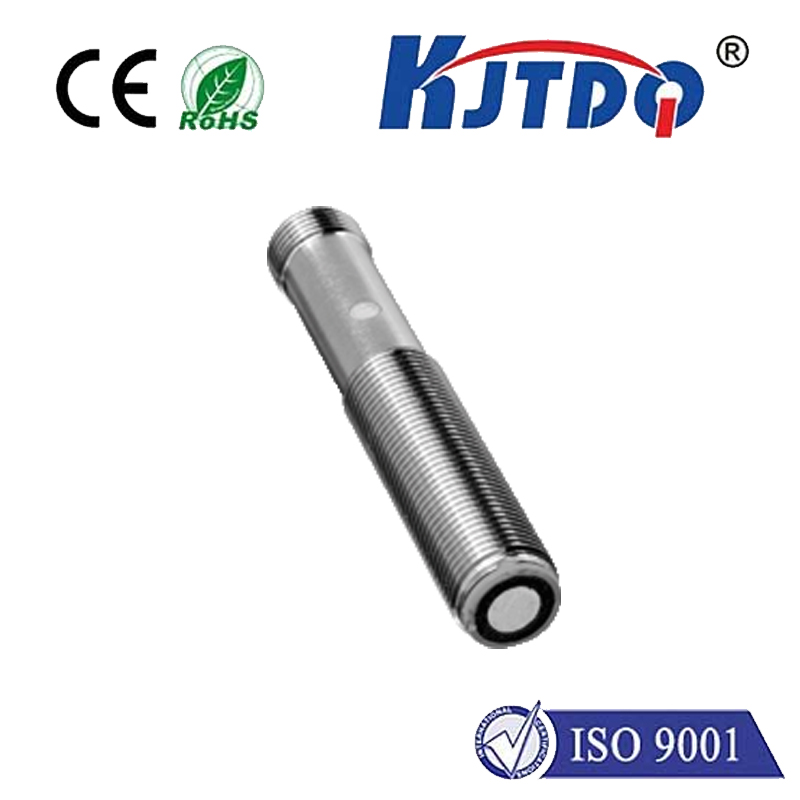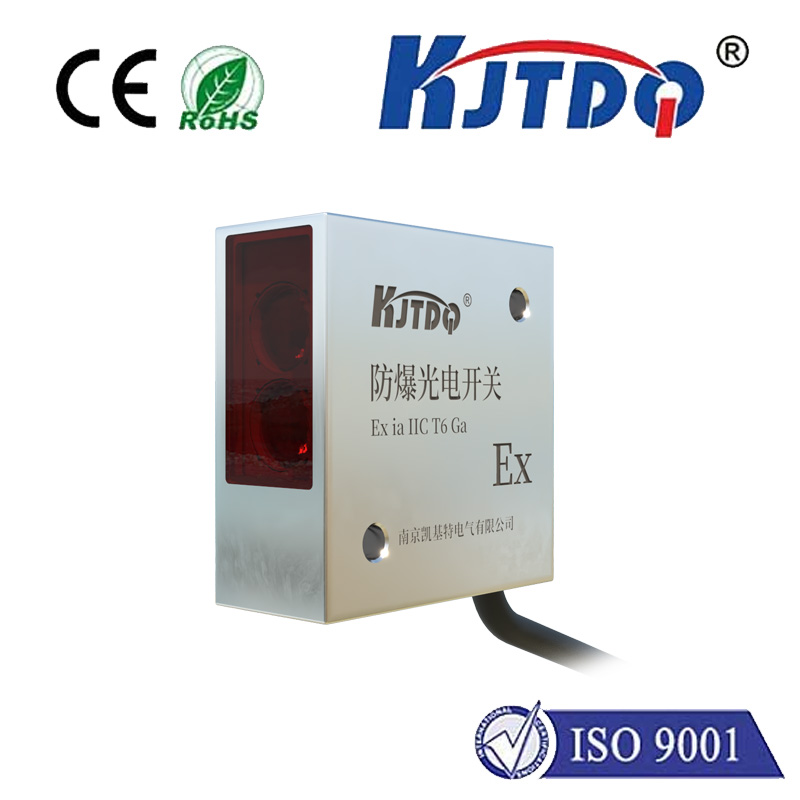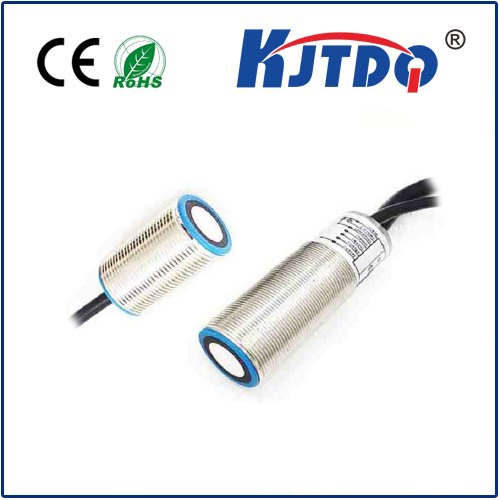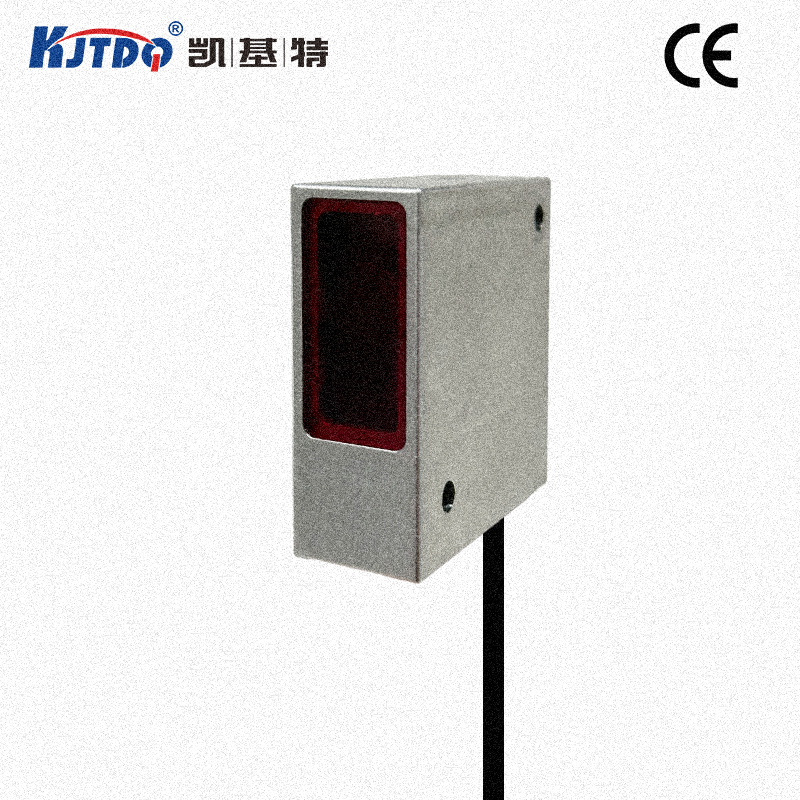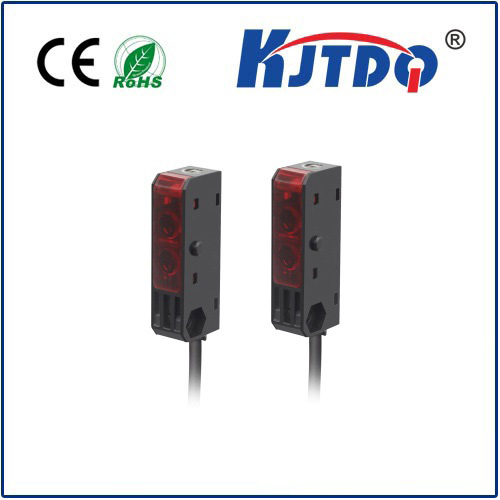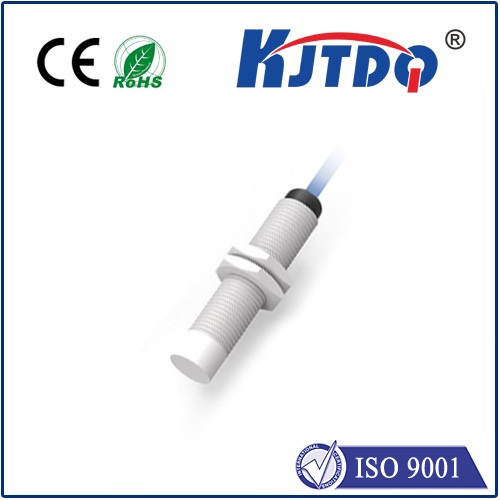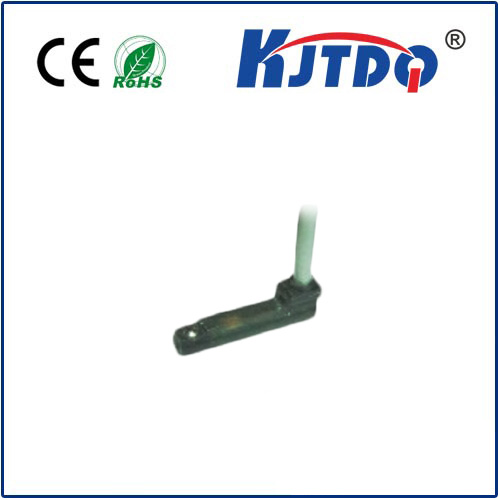
check

check

check

check

Title: An Overview of NPN Capacitive Proximity Sensors Introduction Capacitive proximity sensors are electronic devices that detect the presence of an object without any physical contact. They work on the principle of capacitance, which is the ability of a system to store an electric charge. Among the various types of capacitive proximity sensors available in the market, NPN capacitive proximity sensors are widely used due to their reliability and versatility. In this article, we will discuss what NPN capacitive proximity sensors are, how they work, their applications, and their benefits. What are NPN Capacitive Proximity Sensors? NPN capacitive proximity sensors are a type of capacitive proximity sensor that uses an NPN transistor as its output stage. An NPN transistor is a type of semiconductor device that allows current to flow only in one direction. When an object comes close to the sensor, it changes the capacitance between the sensor and the object, which in turn changes the voltage at the output terminal of the sensor. This change in voltage is then translated into a digital signal by the sensor’s circuitry, indicating whether or not an object is present. How do NPN Capacitive Proximity Sensors Work? The working principle of NPN capacitive proximity sensors is based on the concept of electrostatic induction. When an object approaches the sensor, it distorts the electric field around the sensor, changing its capacitance. This change in capacitance causes a change in the voltage at the output terminal of the sensor. The magnitude of this change depends on the dielectric constant of the material from which the object is made and its distance from the sensor. If the change in voltage exceeds a certain threshold value, the sensor’s circuitry triggers an alarm or activates a relay to perform some predefined action. Applications of NPN Capacitive Proximity Sensors NPN capacitive proximity sensors have a wide range of applications in industrial automation and process control systems. Some common applications include:
